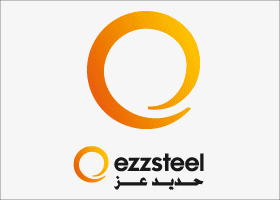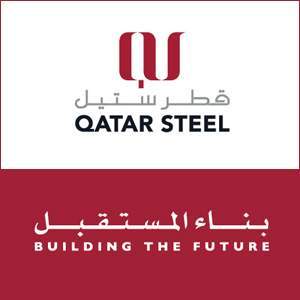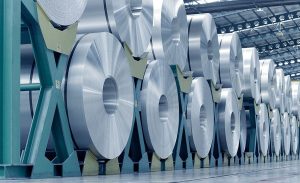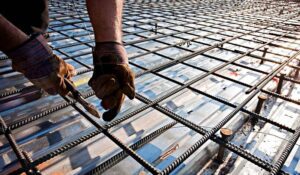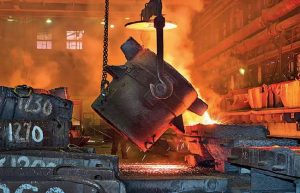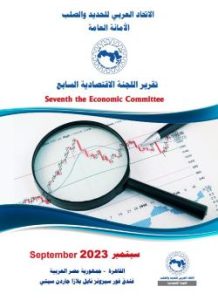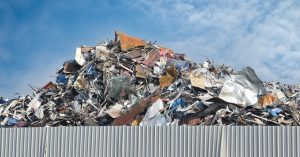The World Steel Association (worldsteel) today released an update of its Short Range Outlook (SRO) for 2021 and 2022. worldsteel forecasts that steel demand will grow by 4.5% in 2021 and reach 1,855.4 Mt after 0.1% growth in 2020. In 2022, steel demand will see a further increase of 2.2% to 1,896.4 Mt. The current forecast assumes that, with the progress of vaccinations across the world, the spread of variants of the COVID virus will be less damaging and disruptive than seen in previous waves.
 Commenting on the outlook, Mr Al Remeithi, Chairman of the worldsteel Economics Committee, said, “2021 has seen a stronger than expected recovery in steel demand, leading to upward revisions in our forecast across the board except for China. Due to this vigorous recovery, global steel demand outside China is expected to return earlier than expected to its pre-pandemic level this year.
Commenting on the outlook, Mr Al Remeithi, Chairman of the worldsteel Economics Committee, said, “2021 has seen a stronger than expected recovery in steel demand, leading to upward revisions in our forecast across the board except for China. Due to this vigorous recovery, global steel demand outside China is expected to return earlier than expected to its pre-pandemic level this year.
Strong manufacturing activity bolstered by pent-up demand is the main contributor. The developed economies have outperformed our earlier expectations by a larger margin than the developing economies, reflecting the positive benefit of higher vaccination rates and government support measures. In the emerging economies, especially in Asia, the recovery momentum was interrupted by the resurgence of infections.
Persistent rising inflation, continued slow vaccination progress in developing countries and further growth deceleration in China all pose risks to this forecast.”
China
The Chinese economy sustained its strong recovery momentum from 2020 into the early part of 2021.
However, it has slowed since June. There have been marked signs of deceleration in the steel using sector’s activity since July, leading to a steel demand contraction of -13.3% in July and then -18.3% in August. The sharp deceleration is partly attributable to occasional factors such as the recent adverse weather and small waves of infections through this summer, however more substantive causes include the slowing momentum in the real estate sector and the government cap on steel production. Real estate activity has weakened due to tough government measures on developers’ financing introduced in 2020. At the same time, infrastructure investment has not picked up in 2021 due to a depletion of investment opportunities and limited local government financing ability. Furthermore, the strong manufacturing recovery across the world has reduced the export market.
No growth in steel demand is expected in 2022, with the real estate sector remaining depressed in line with the government policy stance on rebalancing and environmental protection.
Developed economies
More targeted and localised lockdowns helped to minimise the impact of the latest infection waves on economic activities in 2021. However, supply chain bottlenecks and the services sector still lagging behind are preventing a more robust recovery.
A reduction in supply chain bottlenecks, continued pent-up demand and rising business and consumer confidence, will strengthen the recovery momentum in 2022.
After falling by -12.7% in 2020, steel demand will increase by 12.2% in 2021 and 4.3% in 2022, reaching its pre-pandemic level.
Developing economies excluding China
Steel demand in the developing economies excluding China continued to recover in 2021, aided by the recovery in commodity prices and international trade. However, new COVID waves combined with low vaccination levels and a slow recovery in international tourism restrained developing economies. In 2022, as vaccinations progress, conditions in the developing economies are expected to improve, but the pandemic will leave a lasting impact on these economies through weakened financial positions and accumulated structural challenges.




